Article by R A Hunter
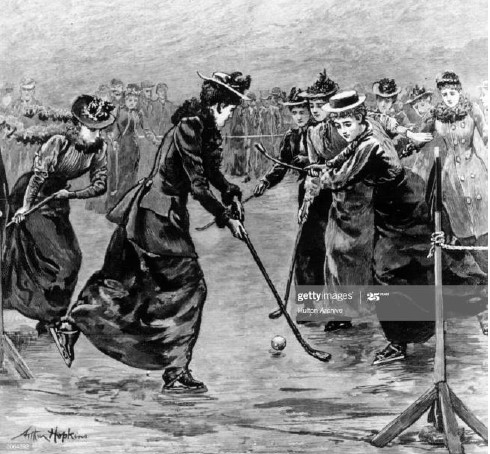
Over the last 140 years women hockey players have traded elegance and modesty for extreme athleticism and personal safety. The speed of the modern game on synthetic surfaces has demanded lightweight, sweat resistant, shock absorbent, stream-lined equipment that allow maximum movement of legs and arms.
One can only imagine the joy of playing a grand final in September in Townsville or Cairns kitted out in stylish hat, grass length dress and blouse with ruffles. Of course, corsets were also a no -negotiable costume accessory. The corset was phased out and had finally had its day somewhere around 1910 to 1920. Perhaps the term “shielding the ball” originated from back then when the ball became lost in voluminous clothing.
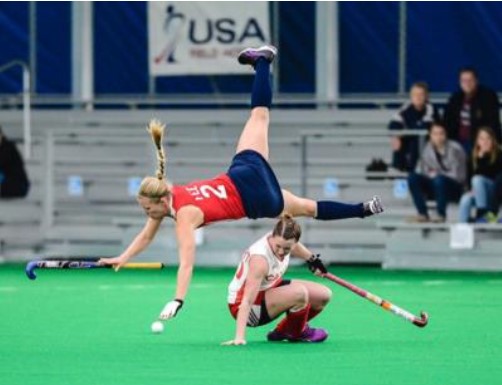
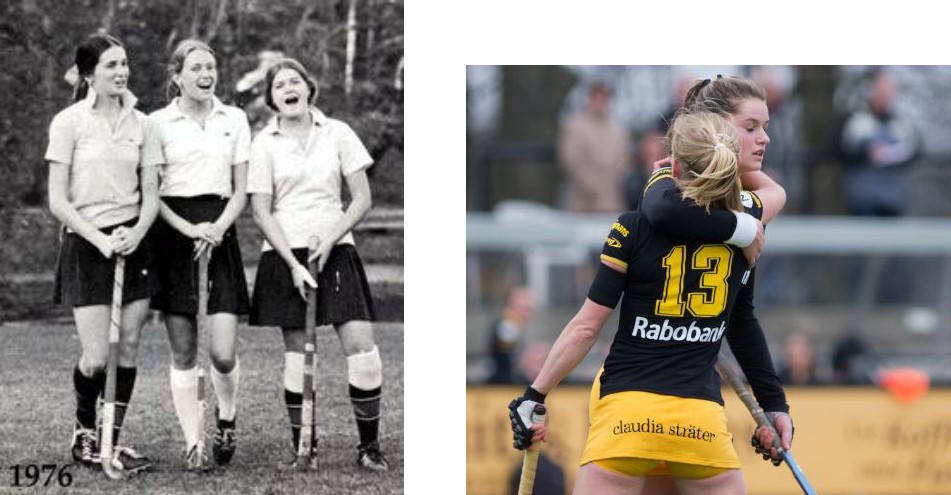
Was it the chicken or the egg? As the game became faster, skirts became shorter and short sleeve cotton shirts replaced blouses. By 1950, hem lines had migrated upwards to be just below the knee. They continued to rise, especially after the 1965 Melbourne Cup when Jean Shrimpton first modelled the miniskirt in Australia. We are now at the stage where not much lycra is used to make skirts.
An authoritative source remembers playing in a Brisbane side in 1969. Players were issued with a pinafore with no hem. Players were responsible for the hemming, ensuring that when kneeling the skirt was no more than four inches above the knee. This was checked by officials and the too short skirted did not take the field. The hem was unpicked before handing back to the wardrobe mistress.
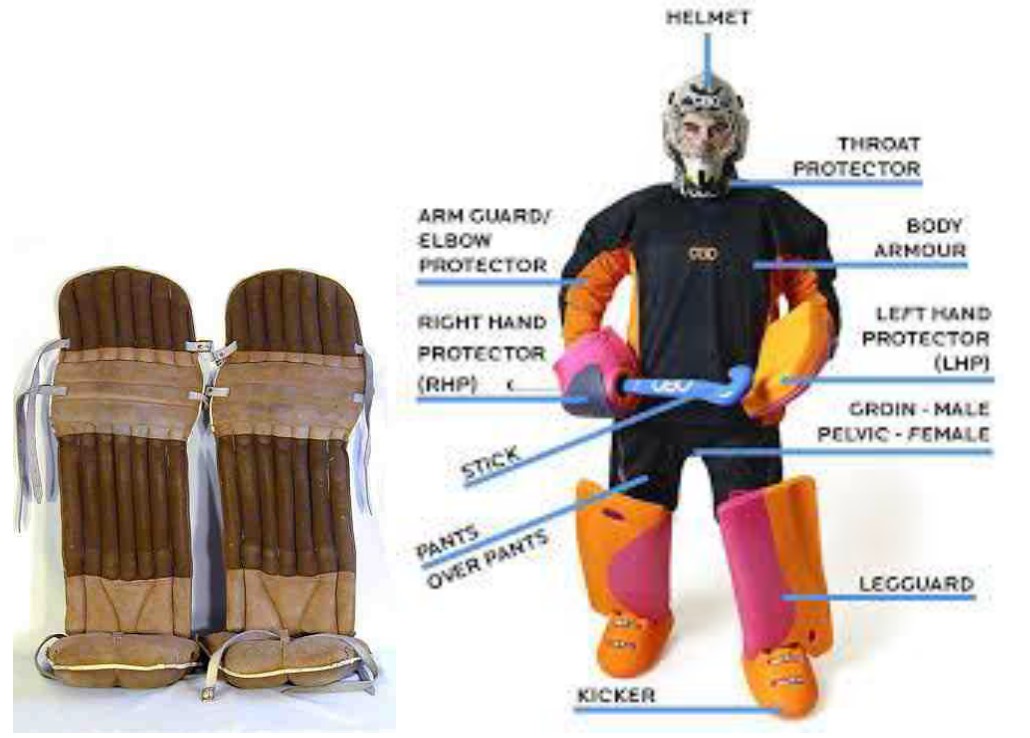
High quality protective gear is now synonymous with modern hockey. Players wear properly fitted mouth guards and the old rudimentary shin pad, made of cane and canvas, that tucked into socks has been replaced by impact absorbing synthetic material moulded to the leg and with ankle protection. Perhaps goal keepers’ equipment best demonstrates the increased awareness of safety. Goal keepers of old wore the same uniform as field players and were protected only by a pair of cricket pads and clumsy kickers. You had to be extremely brave or extremely crazy to be a goalkeeper. The modern keeper is a walking advertisement for technological advance. Now, better protected than the field players; and rightly so as drag flicks whiz by at up to 145 km/hr. It’s like facing a test fast bowler in cricket but from 16 yards instead of 22.
Huge advances have occurred with footwear. Those of you who played school hockey in the 1950s will remember heavy leather ankle length boots with leather studs. The studs were nailed into the soul of the boot through the leather strips and as the leather wore from the bottom for the stud, the nail protruded. With the percussion effect of walking or running on hard surfaces, the nail would be driven through the sole of the boot and into the player’s foot. Thankfully the old days were not always good old days and rubber, or plastic studs became the norm.
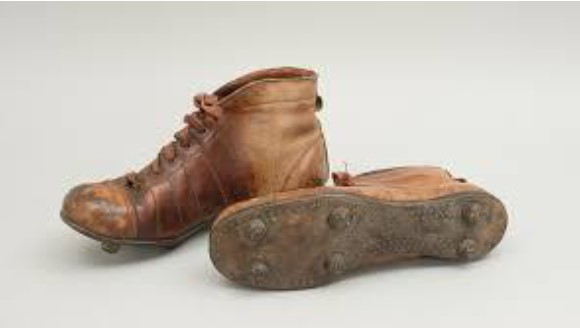
Hockey is a game of straight running, lateral running, and sharp turns with a hard ball moving at pace. This puts stringent demands on shoe design and manufacture: foot protection, grip, stability, shock absorption and comfort. Suitable shoes of today, loaded with high-tech materials and manufacturing excellence are probably the second most expensive pieces of kit after the equally high–tech hockey stick, constructed with kevlar carbon fibre, aramid, the chemistry of which is only understood by an industrial chemist with a PhD.